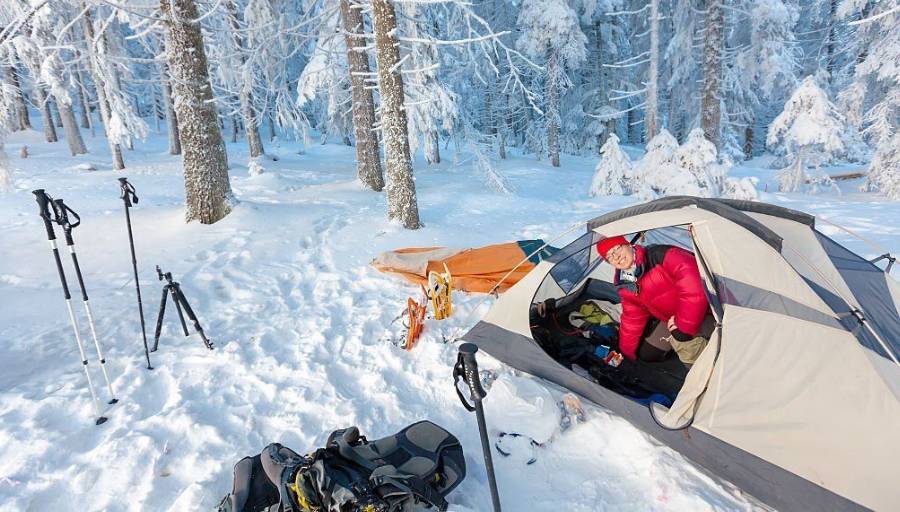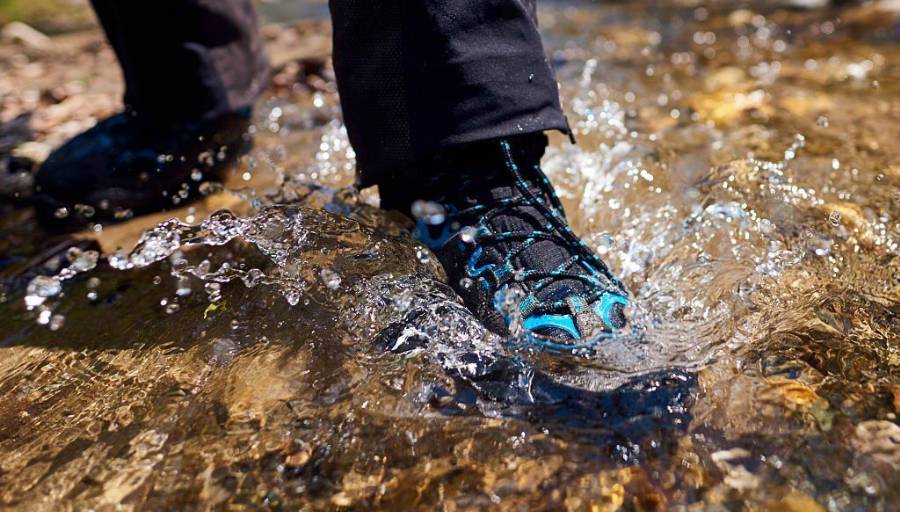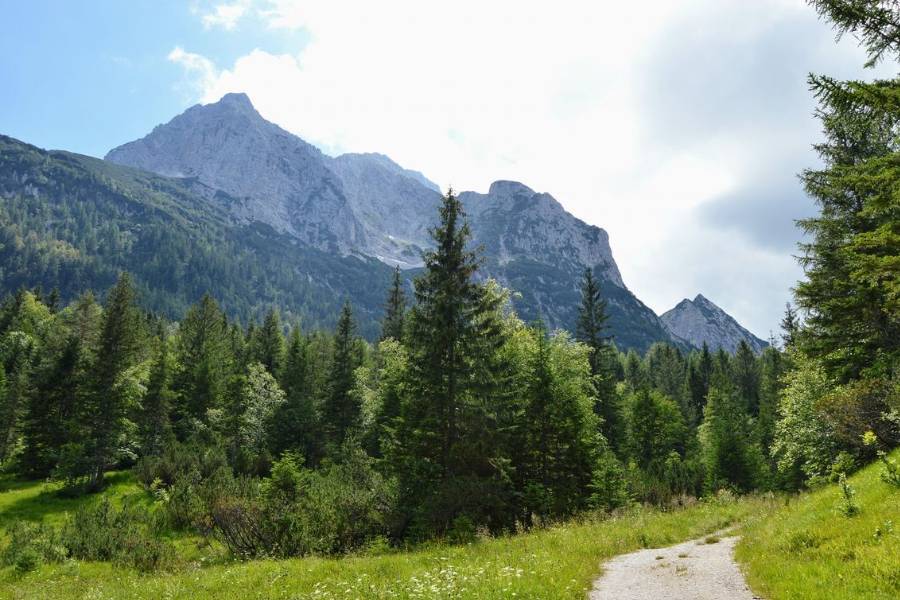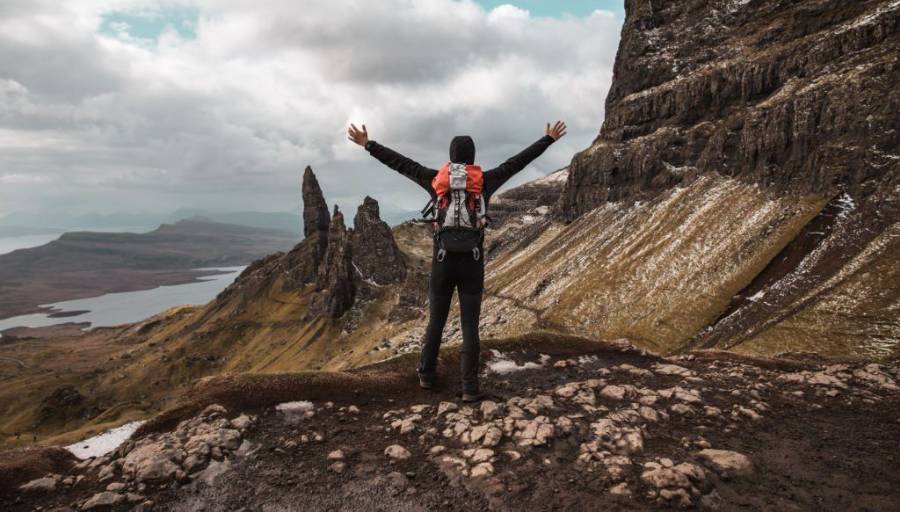How to Choose Hiking Socks
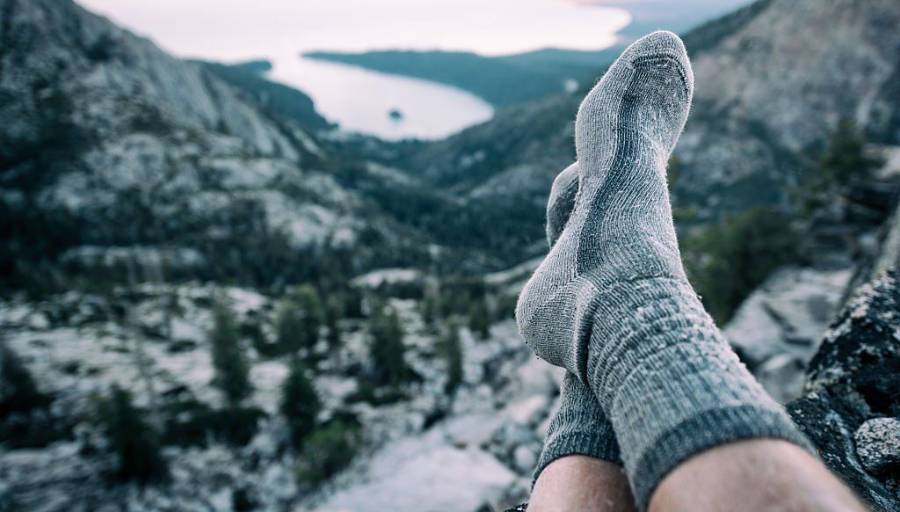
Have you discovered the ideal hiking shoes for your outdoor adventures? Excellent! Now, the next crucial step is learning How to Choose Hiking Socks. This decision requires careful consideration, as the right pair of socks plays a pivotal role in enhancing your comfort while wearing hiking shoes.
Don’t worry! We’ve compiled a list of key characteristics to guide you in selecting the perfect hiking socks, ensuring you make an informed and optimal decision.
How to Choose Hiking Socks
Take a look at these features to make the best choice for your outdoor adventures!
The Boot Size
An absolute consideration when selecting hiking socks is ensuring a proper fit within your walking boots. A poor fit can result in creases, leading to pressure points, chafing, and potentially even blisters over time. You can of course slip a blister bandage over the irritated area or in your hiking backpack, but the best part is choosing the right size from the start to avoid any problems.
Here’s a valuable piece of advice: when selecting hiking socks, which are often available in size ranges (e.g., 36-38, 39-41, 42-44, etc.), opt for the size just below your actual foot size if you fall in between (e.g., 41.5). This is especially important if the chosen pair is expandable. Choosing a sock that is too big may lead to creases and discomfort.
The Height
Hiking socks come in several heights: low, intermediate, and high. To choose the right height, make sure that the sock rises higher than the collar of your hiking boots. Why? Because it is necessary to prevent boots from coming into direct contact with your skin. Otherwise, hello irritations!
On the other hand, you can wear high socks with low hiking boots. It is even rather advisable to protect the ankle from weeds on the way or even to gain heat if the mercury is capricious. In short, there is little chance of going wrong with high socks for hiking!
The Season
Like any outfit, socks should be chosen according to the season. Let’s start with the cold season. Like thermal underwear, your pair of hiking socks are designed to insulate you from the cold while letting your skin breathe. For this, it is better to opt for thick socks with a waterproof membrane. On the contrary, in summer or dry weather, it is rather an ultra-breathable hiking sock that should be chosen, light and relatively thin.
The Materials
Consider the thickness, yes, but it goes hand in hand with the choice of materials that make up your socks. It is rather synthetic materials such as polyester, polyamide, elastane, and acrylic found in the composition of our socks. These greatly facilitate moisture transfer for effective sweat-wicking and quick drying.
On the other hand, socks with a high percentage of synthetic fibers require antibacterial treatment to limit the appearance of bad odors. As for natural materials, we find merino wool, well-known for its thermoregulatory qualities. It insulates very well from the cold while offering a pleasant feeling of breathability to your feet.
Also, merino wool is antibacterial. It suppresses the proliferation of bacteria responsible for bad odors. As for the cotton sock, it has more disadvantages than advantages. For example, it is abrasive, poorly insulating, and absorbs moisture without evacuating it. The door opens to light bulbs!
So should we choose between these two types of materials? Well no. The secret is the dosage! If you’re planning a day hike this summer, it’s best to look to synthetic materials with a hint of merino for comfort. On the other hand, a high percentage of merino wool in the composition of your socks will be very interesting to insulate your feet from the cold during a short winter hike in the mountains.
Construction
The last detail to take into account, and not least is the construction of your socks. It translates into several very interesting features to bring you more comfort, starting with the breathability zones. Located on the instep and sides, these areas are thin or mesh to wick away moisture efficiently.
A real plus in summer!
If you have sensitive skin and you are prone to blisters, a seamless sock and/or incorporating reinforced areas at the heels and toes will be effective in avoiding friction on your skin and thus limit the risk of blisters. You can also turn to an anti-blister sock, also called a double-skin sock., which has two layers of fabric so that the friction is between the two fabrics and not on your skin. Your feet will thank you!
Consider Your Hiking Style
For longer hikes, prioritize comfort and moisture-wicking. For challenging terrains, choose socks with extra cushioning and support. Before embarking on a lengthy hike, wear your chosen socks on shorter walks to ensure they’re comfortable and don’t cause any issues.
Conclusion
This is our complete guide on how to choose hiking socks. And I hope you will find your way around a little more easily among dozens of existing sock models. Do not hesitate to share the article if you like it. Indeed, armed with this advice, you now have all the essential information to start your outdoor adventures on the right foot!
Frequently Asked Questions
What material is best for hiking socks?
Merino wool is a popular choice due to its moisture-wicking, temperature-regulating, and odor-resistant properties. Synthetic fabrics like polyester and nylon are also common for their durability and quick-drying capabilities.
How do I determine the right sock thickness?
Choose sock thickness based on weather conditions and terrain. Ultra-light socks are suitable for warm weather, while medium to heavyweight options provide insulation in colder climates or rugged terrains.
What sock height should I choose?
The sock height depends on personal preference and the type of hike. Ankle socks are suitable for warm weather and low-cut shoes, crew socks are versatile, and knee-high socks offer extra protection for long hikes and against debris.
Are seamless socks important?
Yes, seamless or flat-toe seam socks reduce the risk of chafing and blisters. This will also enhance overall comfort during hikes.
How do I ensure proper moisture management in hiking socks?
Look for socks with moisture-wicking properties that draw sweat away from your skin. Consider socks with ventilation panels for enhanced breathability.
Can I use Merino wool socks in warm weather?
Yes, merino wool socks are versatile and excel in temperature regulation. They keep your feet warm in cold conditions and cool in warmer weather.
Read Also…

